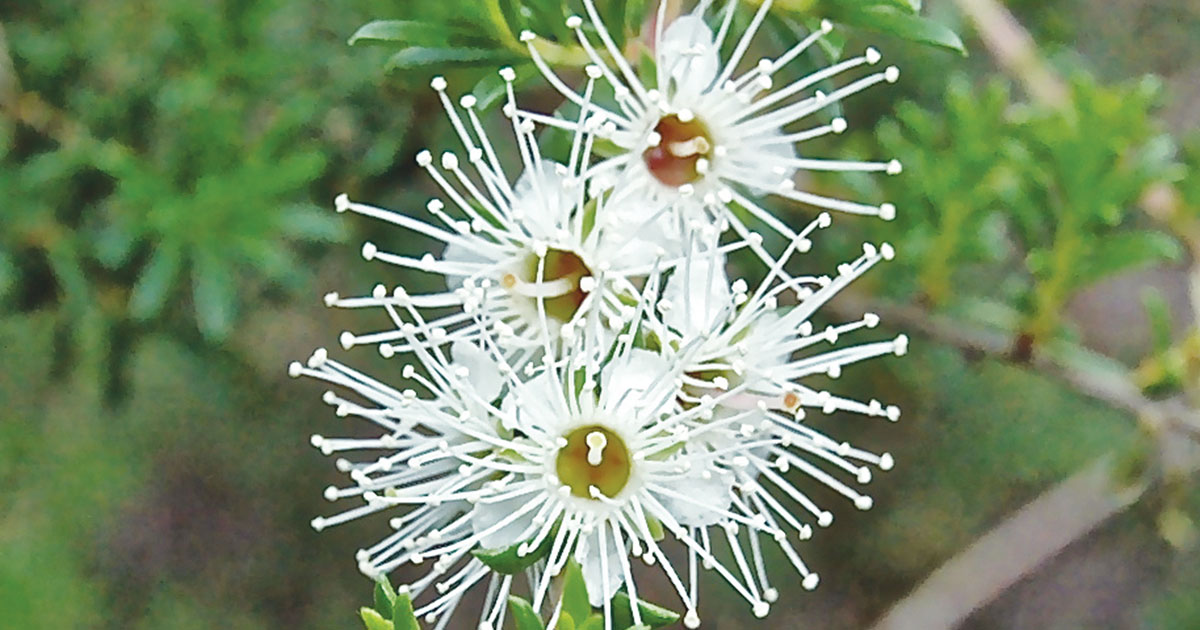Hidden within the Hills: Kunzeas

If you're walking along one of the many tracks in our bushland reserves between October and December you may chance throughout a Kunzea ambigua (White Kunzea or Tick Bush).
This bush is pretty frequent, particularly in open scrubby woodland and heath with sandy soils. It is amongst the first to regrow after its habitat has been disturbed by clearing.
In best situations, this bush which may grow as much as 3 metres tall, and in season, could be coated with a prolific crop of delicate white flowers with very lengthy stamens which conceal the petals.
Kunzea Native Flower: A Symphony of Colors and Scents
Native FlowersThese flowers provide a welcome source of nectar for all types of insects in addition to small nectar feeding and insectivorous birds.
When taking the time to look into the bush it's potential to observe a few of the insects that choose to live in its vicinity.
This explicit species is typically utilized in gardens, especially those that includes a selection of native plants. When kept compact by pruning it presents nicely as a seasonal specimen plant.
The name “Tick Bush” apparently comes from individuals observing that some native animals like to put beneath the bush. It was thought that the aromatic oil content of the foliage may deter ticks and mites.
Growing in an identical habitat is the much less widespread Kunzea capitata (Pink Kunzea). This smaller selection may grow to round 1.5 metres excessive, and will be in flower usually from September to October.
Native FlowersThe deep pink flowers have small white pin head measurement globular dots on the ends of the stamens. Several flowers are clustered collectively in the path of the ends of branches which have a particular reddish-brown colouration.
Hidden in the Hills Kunzeas is usually extra compact than its relative. It too could be grown as a decorative specimen in a house native backyard.

